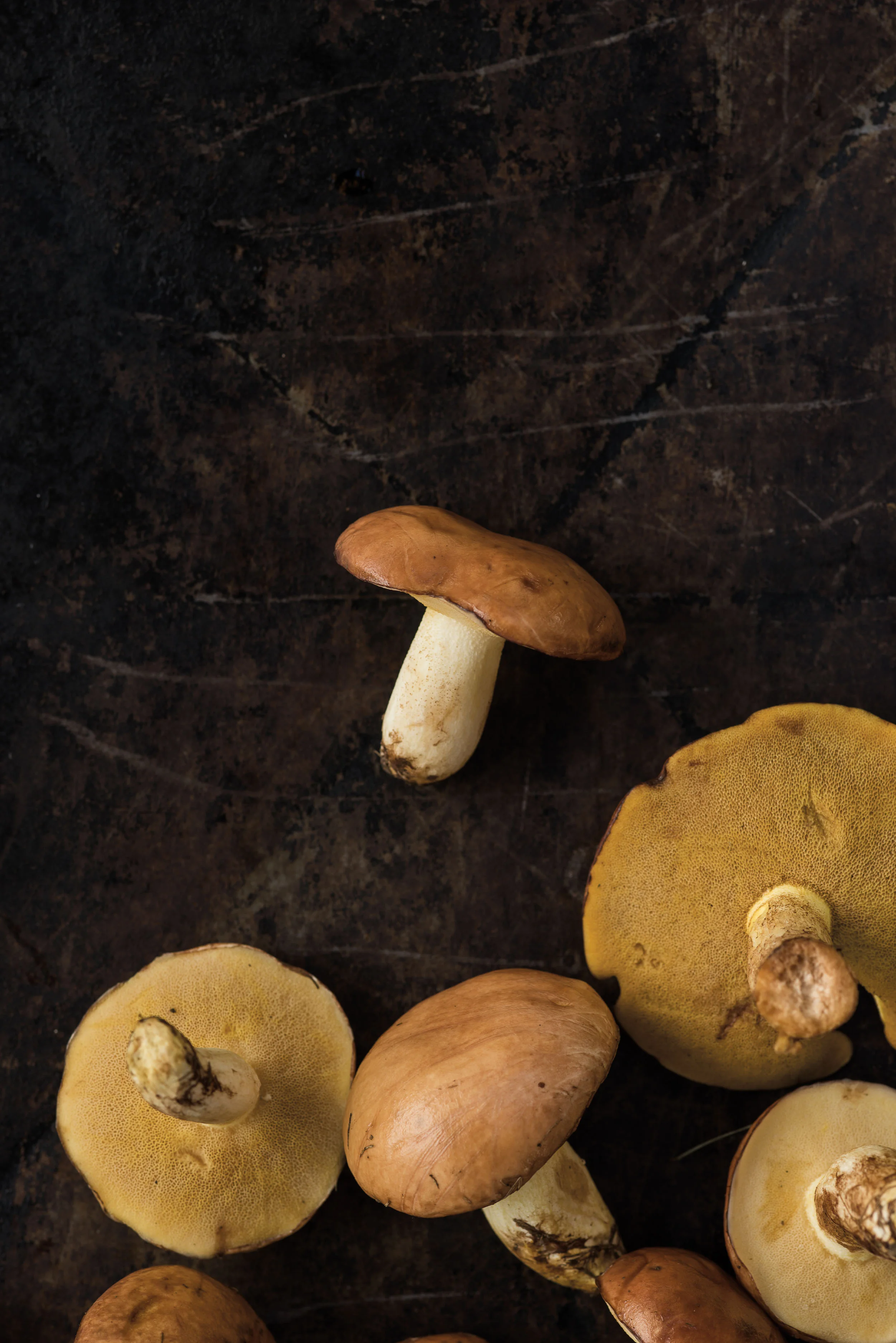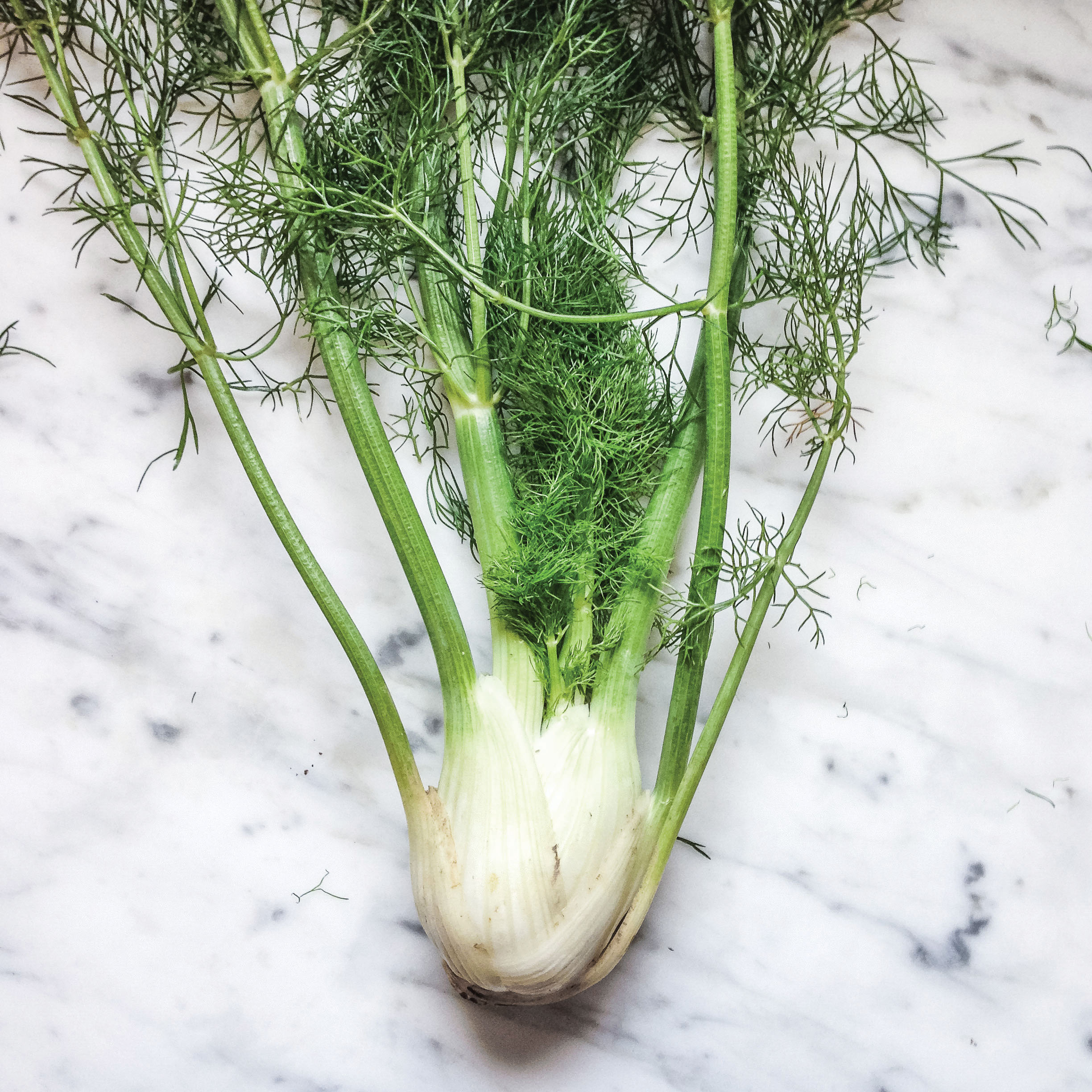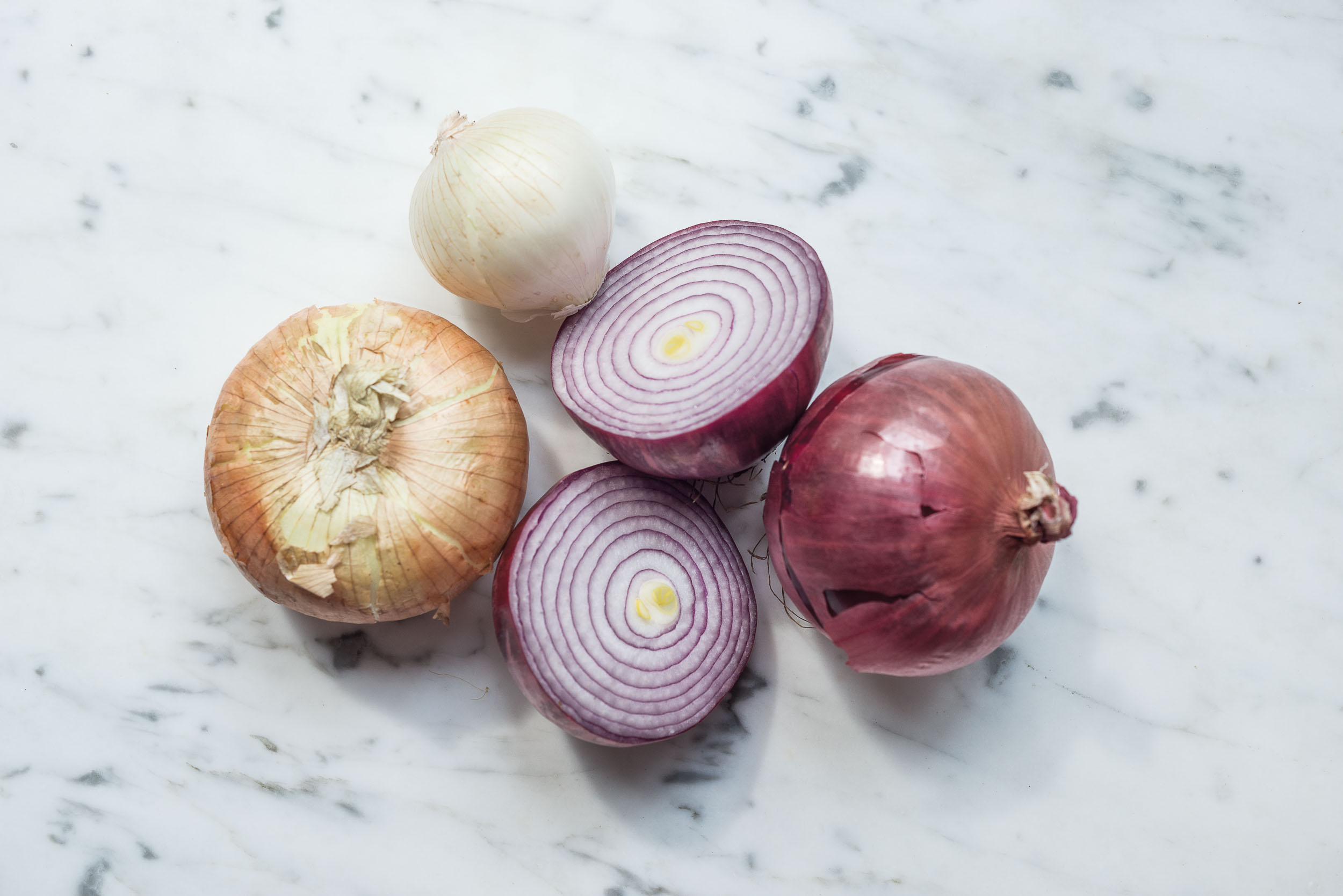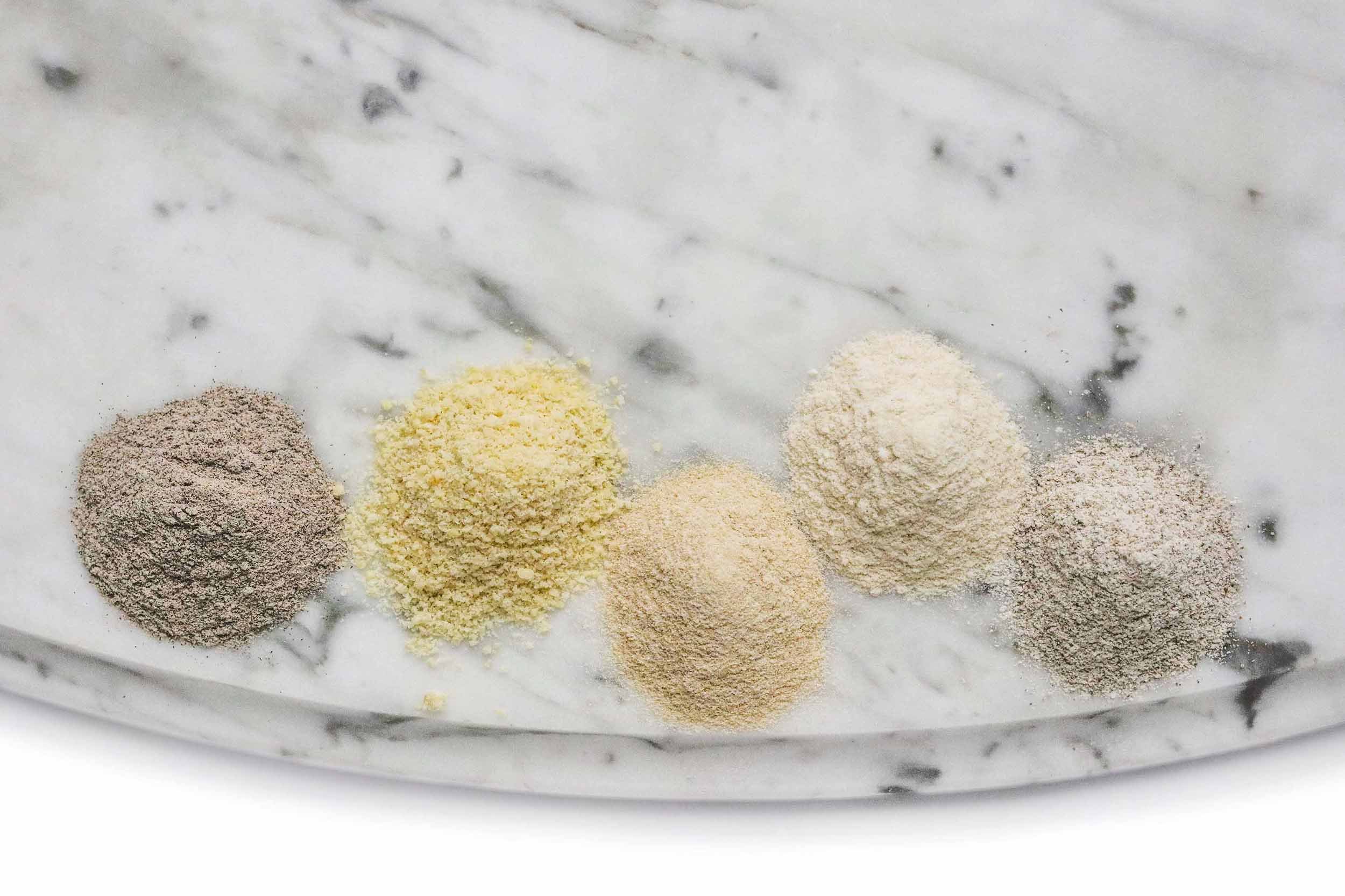One Ingredient: Mushrooms

Did you that know local growers are cultivating mushrooms of all types?
If your exposure to mushrooms has been limited to the white button type, then it’s time to expand your repertoire. Those white mushrooms, which tend to get slimy when cooked and don’t have much taste, are hardly the ideal representation of their kind. Crimini and portobellos have deeper flavor and get nicely caramelized when they’re sautéed.
And then there are the fashionistas of the mushroom world: less-familiar varieties like shiitake, oyster, hen of the woods. We think of these as “wild” mushrooms, but Ohio Valley farms are increasingly cultivating these gourmet types: Turner Farm grows oyster and shiitake varieties; Crowe’s Mushrooms focuses on shiitake; and Probasco Urban Farm grows shiitake, oyster, and maitake (hen of the woods).
Mushrooms are essentially the “fruit” of a fungus; they’re commercially cultivated in a sterile growing medium that’s packed into holes bored into hardwood logs. (You can grow mushrooms at home in the same way with a kit ordered online.) Farmers grow mushrooms either in controlled indoor environments or outside in the elements, where weather can dramatically influence how quickly they fruit.
In addition to being delicious, mushrooms are high in antioxidants and anti-inflammatory nutrients. Their umami flavor and firm texture make them excellent substitutes for meat.
Choosing & Cleaning
The mushrooms you’ll find at area farmers’ markets are as fresh as can be. In grocery stores, look for those that are plump and smooth, dry but not dried out, with no bruises or dark spots. Mushrooms should be uniform in color, with just a little bit of dirt attached. Watch out for excess moisture in plastic-packaged mushrooms.
Mushrooms are best when you use them fairly quickly, though they’ll store for up to a week in the refrigerator. Keep them in the vegetable drawer in a brown paper bag.
Clean mushrooms of all types with a soft brush or a paper towel to remove soil. Avoid rinsing them under water, lest they get slimy. For mushrooms that grow in clumps around a central stem, like oyster and hen of the woods, use a paring knife to separate the individual caps; for shiitakes or crimini, trim off any tough stems (save mushroom stems to make vegetable stock), then slice or chop.
Using Mushrooms
Roasting and sautéing are best for getting mushrooms deeply caramelized. They release a surprising amount of liquid when they cook, so be sure to boil off any excess. Mushrooms pair well with garlic, woody herbs like thyme and rosemary, and red wine.
Bryn’s long career in publishing took a left turn sometime around 2010, when she discovered the joy of food writing. Since then, she’s found professional nirvana as the editor of Edible Ohio Valley, author of The Findlay Market Cookbook, and occasional instructor at The Cooking School at Jungle Jim’s. Find her seasonal recipes at writes4food.com.





